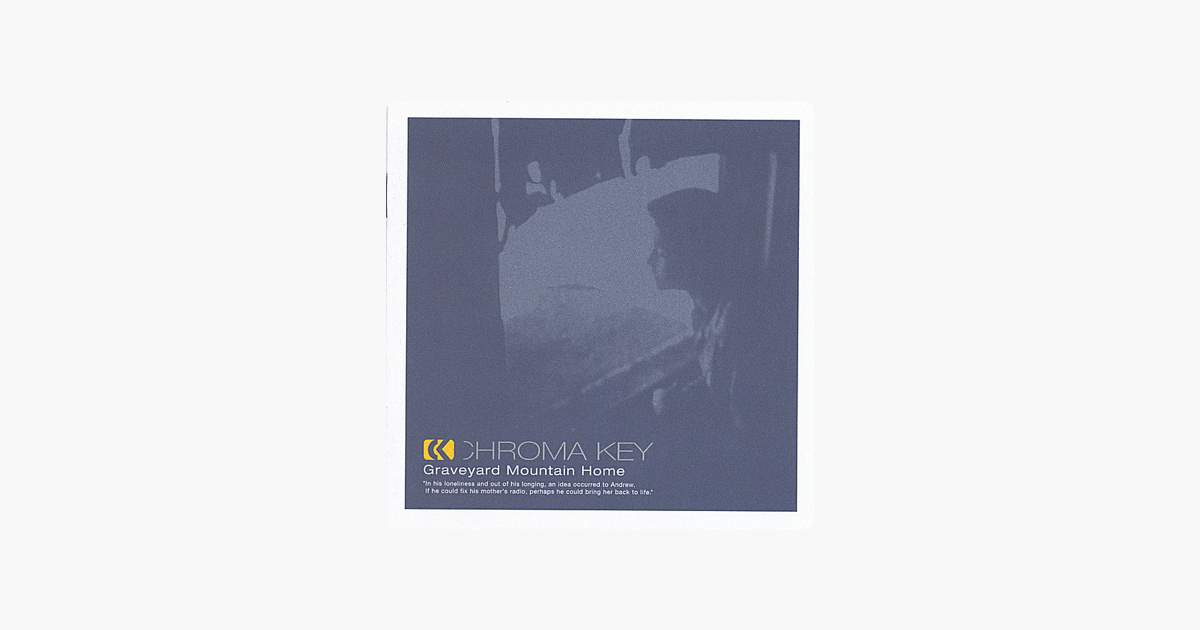

It’s also about as far away from human flesh tones as a color can get, so it’s a good color to use. The idea of using an ultra-bright green as the color to “key out” and replace stems from the fact that there are very few hues in the natural world that come close to it. The on-camera talent is then lit separately – as humans require different types of lights and lighting.

To best dial-in the light on the wall or screen, studios use dedicated lighting systems just for the green screens. You should see nothing but that weird green – nice and consistent. No area should be brighter or blown out with excessive light. It needs to be sufficient, even and smooth across the entire green wall or screen. The main thing to remember is that whatever type of green screen is used, it needs to be smooth, even and properly lit, which brings us to our next topic… LightingĮqually important as the green wall or screen itself it the lighting applied to it.
Chroma key live gl portable#
Portable green screens with special green cloth that stretched over a frame are another option for location shoots – say at a convention or event where you wish to shoot quick customer testimonials and select industry-appropriate backgrounds for your subjects later in post-production. Larger, more elaborate green screen studios often have green floors, as well as walls with curved corners for head-to-toe or wide, seamless shots. It’s also generally about 80 to 100 bucks per gallon. It’s worth repeating: this isn’t Home Depot or Dunn & Edwards paint, but special stuff that’s formulated to provide the high luminance values and color saturation required for keying effects. Most green screen video shoots utilize a wall or multiple walls painted with a special bright green reflective paint developed specifically for the purpose.


Basic Tips and TechniquesĪlthough the results can be fantastic, there are a few things that are critical to a green screen shoot that can truly make or break the production: The Green Screen or Wall The kicker is that it can now be accomplished within a modest budget. In the past, the chroma key or green screen technology tended to often look cheesy and rough around the edges, but with modern keying technology, equipment and techniques it can look very crisp and incredibly realistic – adding amazing dimensions and flexibility to your project.
Chroma key live gl tv#
Probably the earliest and most common use of green screen or “chroma key” technology is TV weather reports – where meteorologists stand in front CGI backgrounds gesturing wildly at the latest weather patterns. With this technique, the host can appear in multiple locations without the need for travel – thus saving thousands of dollars in production costs. For example, you shoot video of the host of a program against a special green or blue background that can be removed or “keyed out” in post-production and replaced with the background or backgrounds of choice. As mentioned in our article on video production, a super-effective and flexible video production tool is green screen technology.


 0 kommentar(er)
0 kommentar(er)
